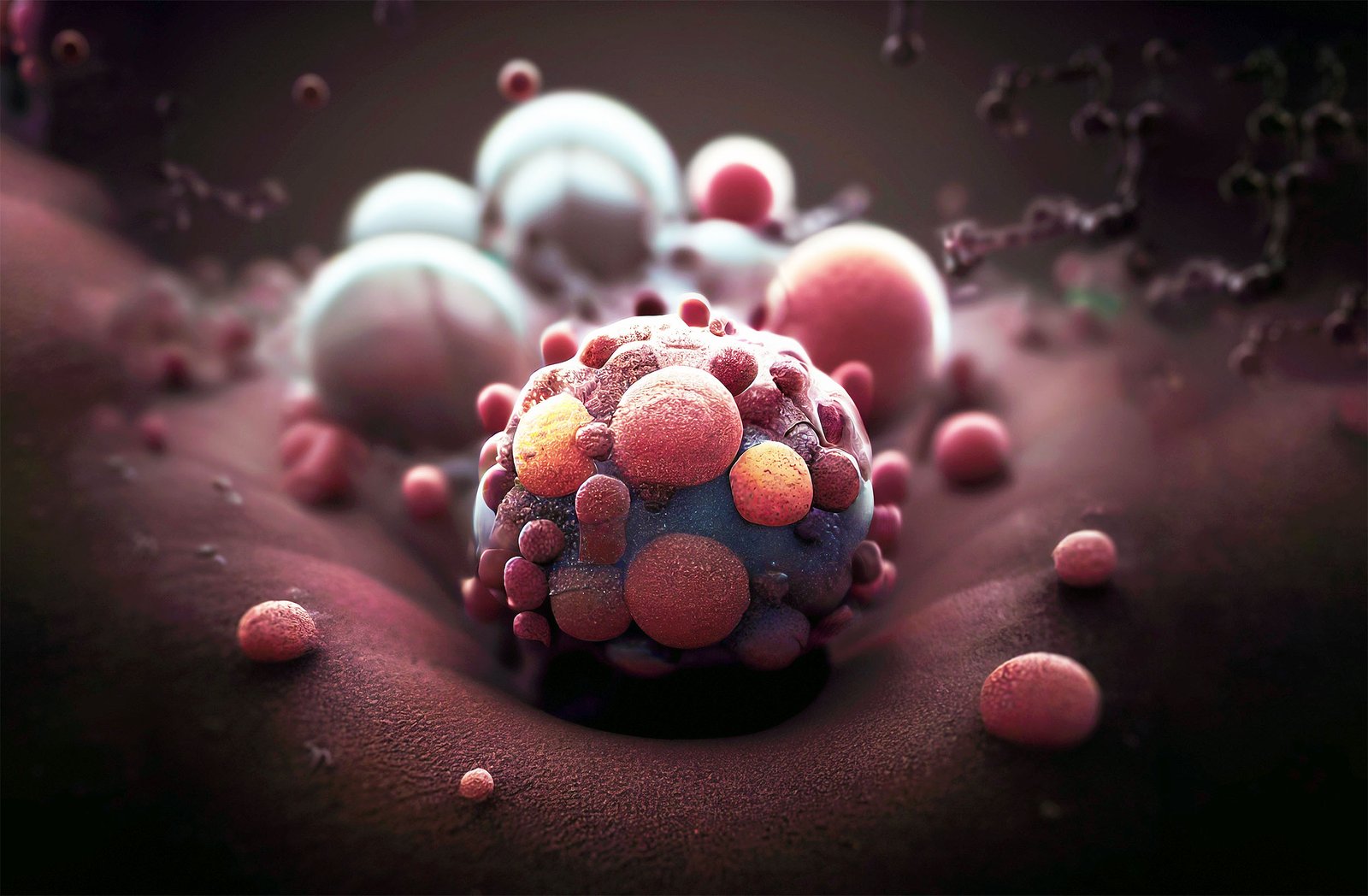Overview
An AI scientist collaborating with human researchers has discovered that combinations of affordable and safe medications, typically used for conditions like high cholesterol and alcohol dependence, could also be effective in treating cancer. This innovative approach to drug discovery was led by a team from the University of Cambridge.
Research Methodology
The research team utilized the GPT-4 large language model (LLM) to uncover hidden patterns in extensive scientific literature, aiming to identify potential new cancer treatments. The process involved:
- Prompting GPT-4 to suggest drug combinations that could significantly impact a commonly used breast cancer cell line.
- Instructing the model to avoid standard cancer drugs and focus on affordable, approved medications that would target cancer cells without harming healthy cells.
Findings
The suggested drug combinations were tested by human scientists, both individually and in pairs, to evaluate their effectiveness against breast cancer cells. Key findings include:
- In initial tests, three out of twelve combinations proposed by GPT-4 outperformed existing breast cancer treatments.
- Following these results, GPT-4 generated four additional combinations, three of which also showed promising outcomes.
Significance of the Research
This study marks a pioneering instance of a closed-loop system where experimental results inform the LLM, and the LLM’s outputs guide further experiments. The researchers emphasize that LLMs should not replace scientists but can serve as supervised AI researchers to enhance drug discovery.
Role of AI in Scientific Discovery
While LLMs like GPT-4 can produce inaccurate results, known as hallucinations, these can sometimes lead to valuable new ideas worth exploring. Professor Ross King from Cambridge stated:
“Supervised LLMs offer a scalable, imaginative layer of scientific exploration, helping us as human scientists explore new paths we hadn’t considered before.”
Future Implications
The research team believes that AI and lab automation could significantly reduce the costs associated with personalized medicine. The potential for tailored cancer treatments, based on rapid testing of drug combinations, could revolutionize patient care.
Conclusion
This study illustrates how AI can be integrated into the scientific discovery process, enabling real-time hypothesis generation and validation. The findings suggest that AI can play a crucial role in identifying new therapeutic uses for existing drugs, although further clinical trials are necessary before these combinations can be considered for treatment.
The research was supported by the Alice Wallenberg Foundation and the UK Engineering and Physical Sciences Research Council (EPSRC).
